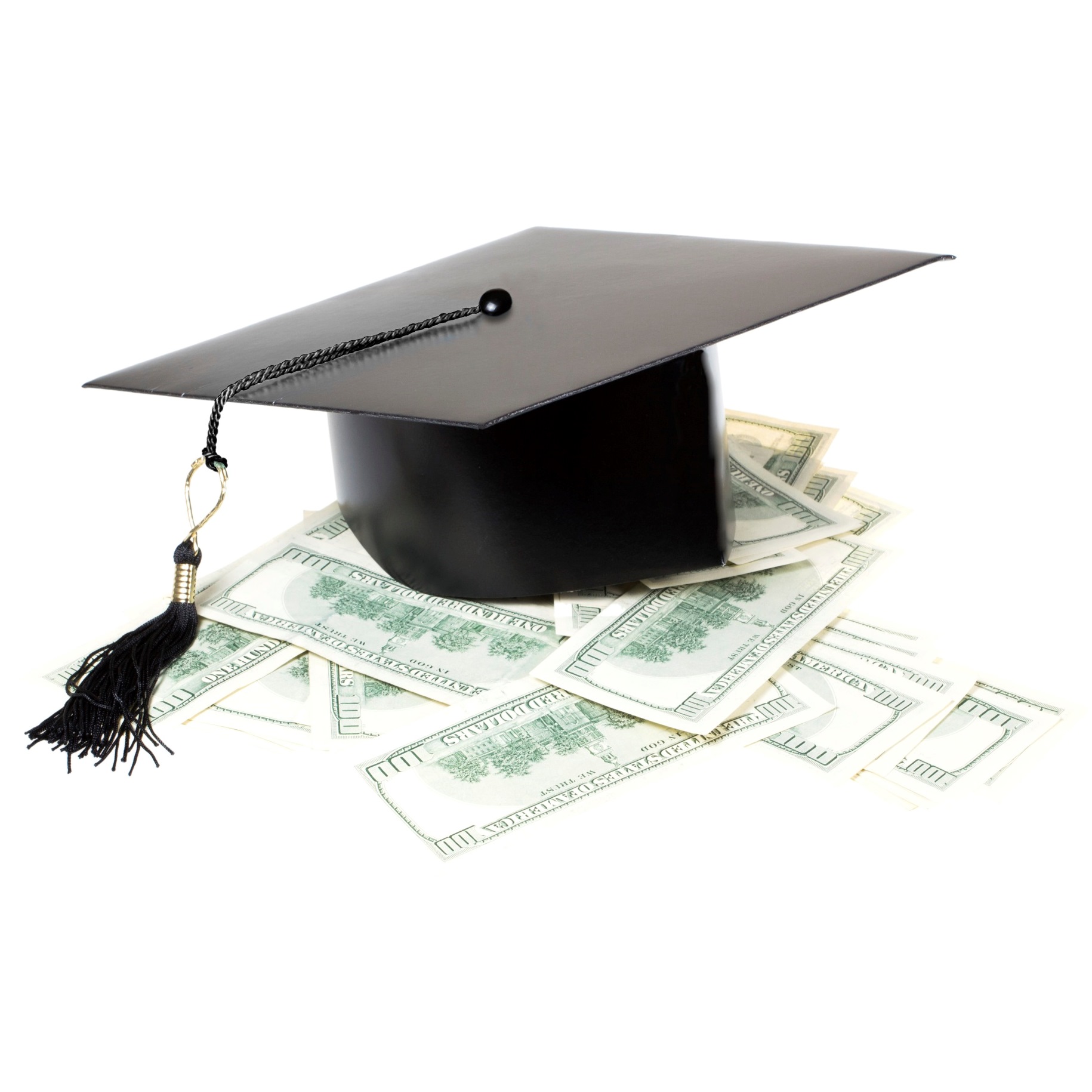
It is no secret that the student loan burden has reached a serious level in America. In fact, student loans for college and graduate degrees are muting the ability for millions of people to properly participate in the economy versus how they would have in prior decades. In some cases, student debt payments are preventing these debtors from being actively engaged in buying homes, cars, durable goods items and more.
Now a report from the U.S. Department of Education is showing that the student loan default rates are lower than they have been in years past. The three-year federal student loan cohort default rate fell to 11.3% from a prior reading of 11.8%. This measurement was for students who entered repayment between fiscal years 2012 and 2013 (see actual dates below).
The good news here is that the trend of defaults has been heading lower since 2010. Back then it was at 14.7%. The newer report also marks the third straight year that the overall rate has fallen. Cohort default rates fell for public and proprietary institutions, but they rose slightly among borrowers who attended private and foreign schools.
Wednesday’s report does seem positive on the surface. After all, lower defaults are better than gains. Still, celebrating a default rate of 11.3% hardly seems worthy of any celebration. Imagine if credit card default rates or if delinquencies and defaults were this high in car loans or mortgages — interest rates would have to be through the roof to buffer those defaults.
During the tracking period for the Fiscal Year 2013 borrower cohort, which ranges from October 1, 2012 through September 30, 201, over 5.2 million borrowers from 6,155 postsecondary institutions entered repayment. A total of 593,182 of those borrowers defaulted on their loans to make up that 11.3% default rate.
Public institutions made up 27.2%, or 1,675, of the total number of schools. This represents nearly 51.6% of borrowers who entered repayment that year. The rate dropped among proprietary schools from 15.8% in Fiscal Year 2012 to 15.0% in Fiscal Year 2013. Proprietary schools comprised 37.8% (2,326) of the total number of institutions.
Among private and foreign schools, there were slight increases. The Department of Education further said:
For America’s 1,734 private institutions, the cohort default rate edged higher – from 6.8 percent for FY 2012 to 7.0 percent for FY 2013. Private schools accounted for 28.2 percent of the total. Additionally, 418 foreign schools saw their rate grow from 3.3 percent for FY 2012 to 3.6 percent for FY 2013. Foreign institutions make up 6.8 percent of all postsecondary schools.
There is still a long way to go for student debt trends to be “good” by most measures. On last look, total student loan debt was close to $1.3 trillion, held by more than 43 million Americans. The average debt load for students graduating this year was shown as more than $37,000 (those with loans rather than all students) and the average monthly payment for borrowers aged 20 to 30 was just over $350.00.
Take Charge of Your Retirement In Just A Few Minutes (Sponsor)
Retirement planning doesn’t have to feel overwhelming. The key is finding expert guidance—and SmartAsset’s simple quiz makes it easier than ever for you to connect with a vetted financial advisor.
Here’s how it works:
- Answer a Few Simple Questions. Tell us a bit about your goals and preferences—it only takes a few minutes!
- Get Matched with Vetted Advisors Our smart tool matches you with up to three pre-screened, vetted advisors who serve your area and are held to a fiduciary standard to act in your best interests. Click here to begin
- Choose Your Fit Review their profiles, schedule an introductory call (or meet in person), and select the advisor who feel is right for you.
Why wait? Start building the retirement you’ve always dreamed of. Click here to get started today!
Thank you for reading! Have some feedback for us?
Contact the 24/7 Wall St. editorial team.


